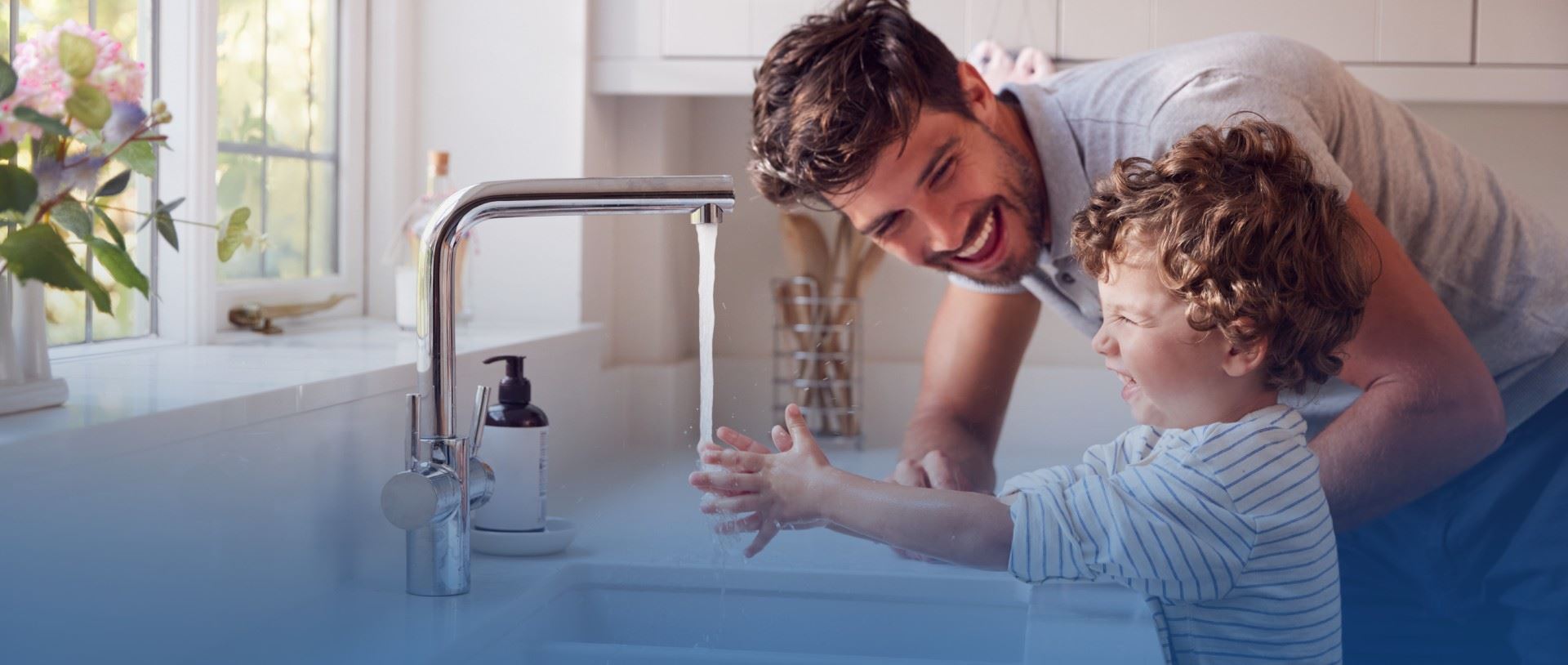People are in love with their pets; they're like members of the family. As of 2017-2018, 85 million families—68 percent of households—in the United States owned a pet. According to one survey, 95 percent say their pets are part of their family.
Pet owners want to make sure their "family members" are well taken care of. Of course, as a homeowner, taking care of your plumbing system is important, too. Learn what you need to know about taking care of both your pets and your plumbing below.
Wash Dirty Pets Outdoors
Keeping your pet regularly brushed and bathed is important. However, you need to be cautious about where your pet's extra fur goes. Like you, your pet sheds hair; shedding hair is inevitable and unavoidable. However, the one thing you can make sure doesn't happen is your plumbing pipes clogging during bathtime because of your pet's excess hair.
To prevent unnecessary drain clogs from your pet's fur, wash your pets off outside if they get extra dirty while playing. However, in some situations, you may prefer to bathe them inside. When this is the case, what do you do to keep your drain free and clear of fur? Purchase and install drain guards.
These drain guards install beneath the grate and catch excess fur so the fur doesn't enter the plumbing system, preventing serious clogs. The guards not only work great for your pet's fur, but they're great at catching your hair, too!
Keep the Toilet Lid Seat Down
A well-known fact is pets enjoy drinking out of the toilet bowl, and this fact is true for dogs and cats alike, though dogs are often drawn to the old porcelain bowl a bit more. Who knows; you may even go in the bathroom and find your pet splashing around, just having a good 'ole time!
Unfortunately, while the aforementioned toilet bowl activities may seem harmless, these activities can actually be dangerous for your furry friend. Just think about things for a moment.
What do you use to keep your toilet clean? If the season is winter, did you put antifreeze in the toilet to keep the water from freezing? How is the quality of the water? All of these are risks for your canine. Plus, your pet may become trapped and drown.
Due to the dangers associated with the toilet, keep the toilet lid closed. Better yet, keep the bathroom door closed at times, preventing your household pets from even entering the space. To give your pet the closest possible experience to the bathroom toilet, use a pet water fountain.
Avoid Flushing Cat Litter
You may be aware of a list of items not to flush down the toilet, including baby wipes, cotton balls, condoms, tampons, and medications. However, did you know you shouldn't flush cat litter as well?
Many items, including some kitty litters, advertise themselves as flushable. Does flushable really mean these items can safely be flushed down the toilet? Well, not really.
The problem may lie in the fact that these products aren't compatible with septic systems and water treatment plants. Plus, if sufficient water is not available, such as with a low-flow, energy-efficient toilet, the flushable cat litters may still result in clogs.
In addition, consider the other risks of flushing cat litter. Some cats are the host of a certain parasite called Toxoplasma gondii. If you make the decision to flush cat litter, you may ultimately be flushing the parasite as well. Septic systems and water treatment plants cannot destroy the parasite, which means that the harmful parasite can enter nature and the drinking supply.
So, rather than flushing your cat litter, bury or compost the litter. Alternatively, save and use the kitty litter as a de-icer or motor oil absorber.
In some cases, despite your best efforts, you may still run into a plumbing issue that may or may not be related to your pet. When a plumbing issue arises, contact us at Dignity Plumbing.
